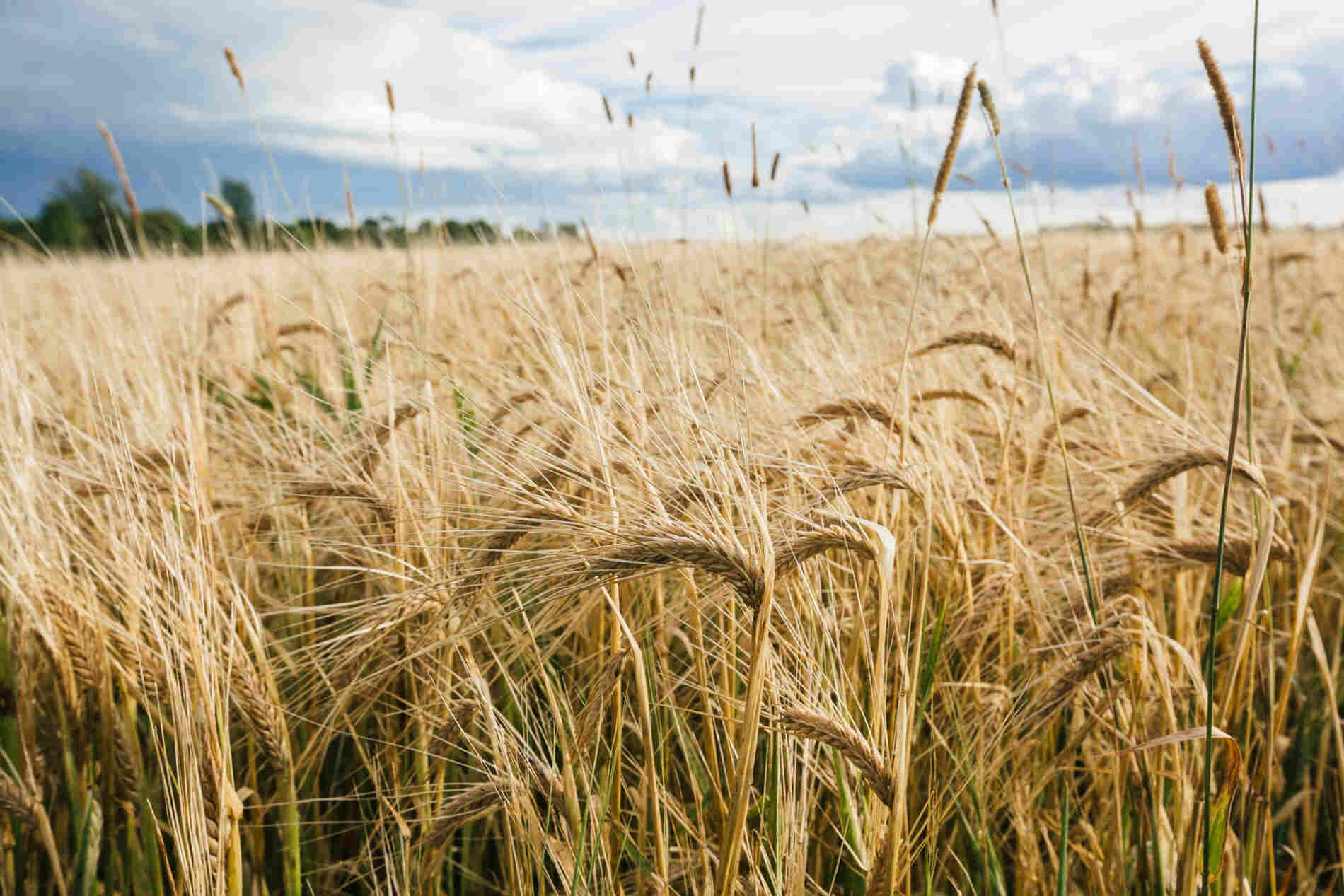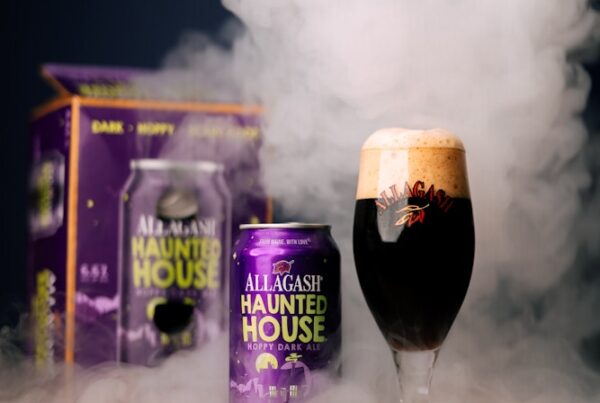A grisette is a refreshing, low alcohol beer with origins in the Hainaut province of Belgium. Grisettes are crisp, medium/light-bodied, citrusy beers—brewed to be endlessly approachable.
A Brief History of Grisettes
It’s the type of beer you want to drink year round, but especially on a warm day on a patio somewhere while snacking on the perfect charcuterie board (it is after all an ideal food-pairing beer). It’s also a beer nerd’s beer, based on its history and relative obscurity in today’s beer scene. It has something for everyone!
Grisettes are actually a subset of a slightly better known farmhouse-style ale we adore: the saison. The style has a rather complex history, but to summarize, all saisons were originally brewed to quench the thirst of seasonal farm laborers. Literally translated, “saison” means season—a nod to the fact that the beer was brewed in the winter, to be enjoyed in the summer. Other than that, saisons have a wide variation in brewing technique and flavor. An important aspect of saisons is their dry, refreshing nature, which also happens to be the defining characteristic of a proper grisette.

Saison vs. Grisette
Where saisons were brewed mainly for farm workers, grisettes were brewed for workers in the local mines. There are plenty of stories about where the name grisette actually came from, but these hypotheses are not the most well-cited. For example, it’s thought that the name grisette—translated to mean “little gray”—references the grey dresses of women passing out beers to miners. In another version the style’s name refers to the color of the stone being mined. Maybe the large quantity of wheat, spelt, or other “hazy” contributing grains with the addition of mining dust made the beer look grey? We honestly don’t know. What we do know is that we love this style and will continue to brew various takes on the style.
For a look at any grisettes we might have on tap now, check out our beer page.







